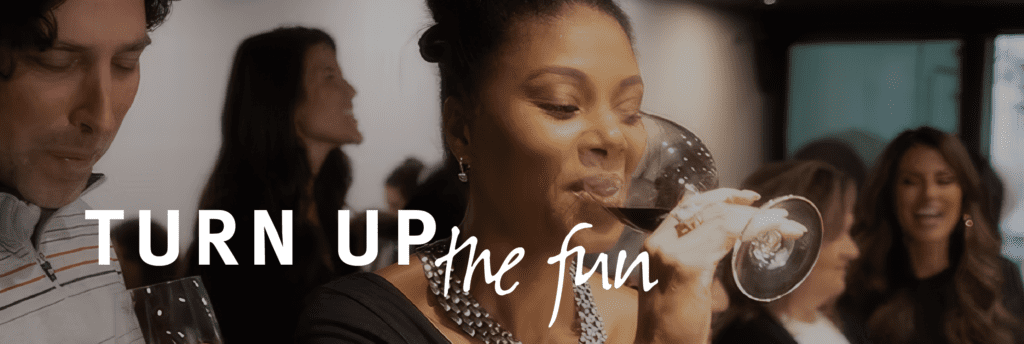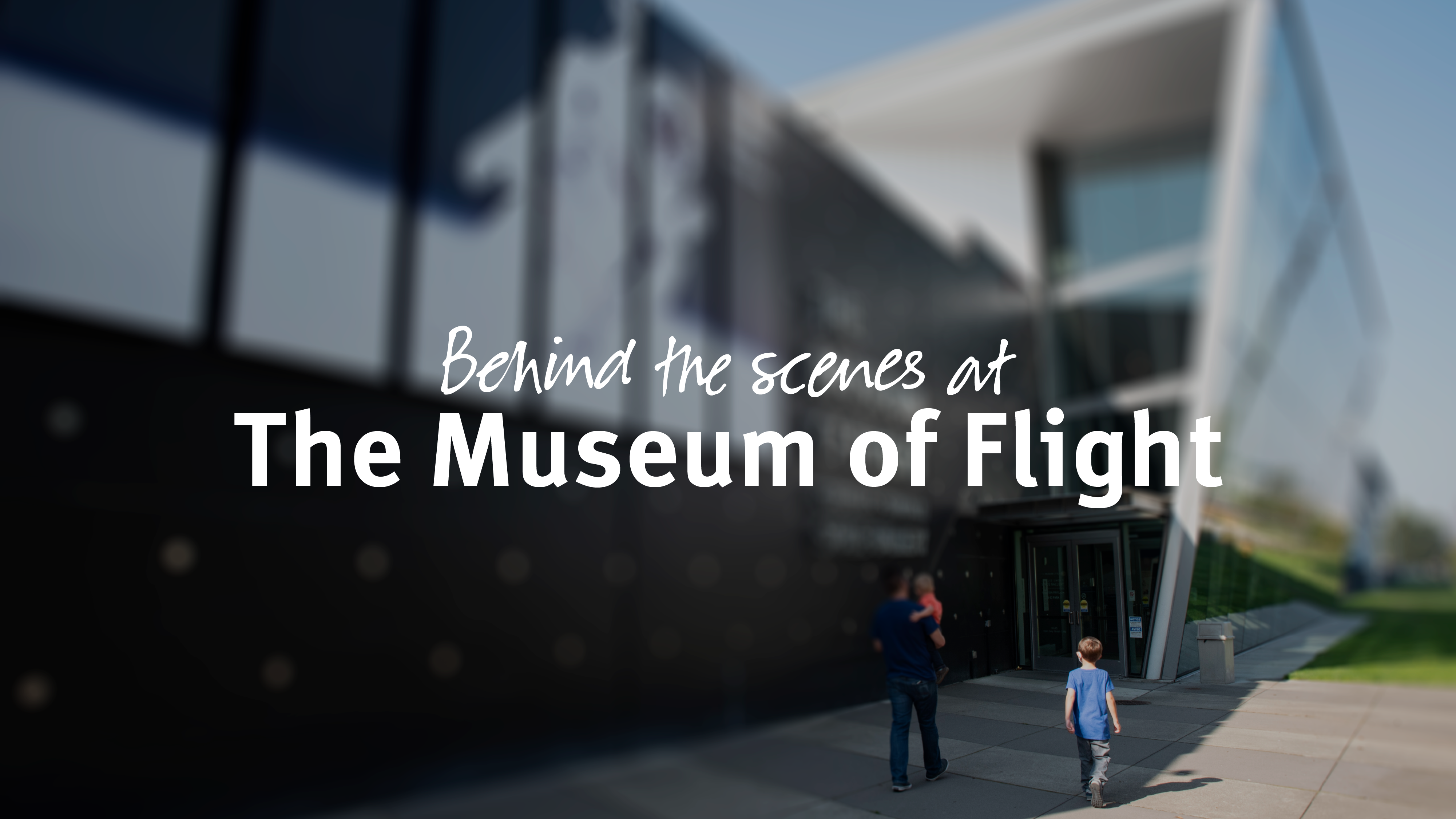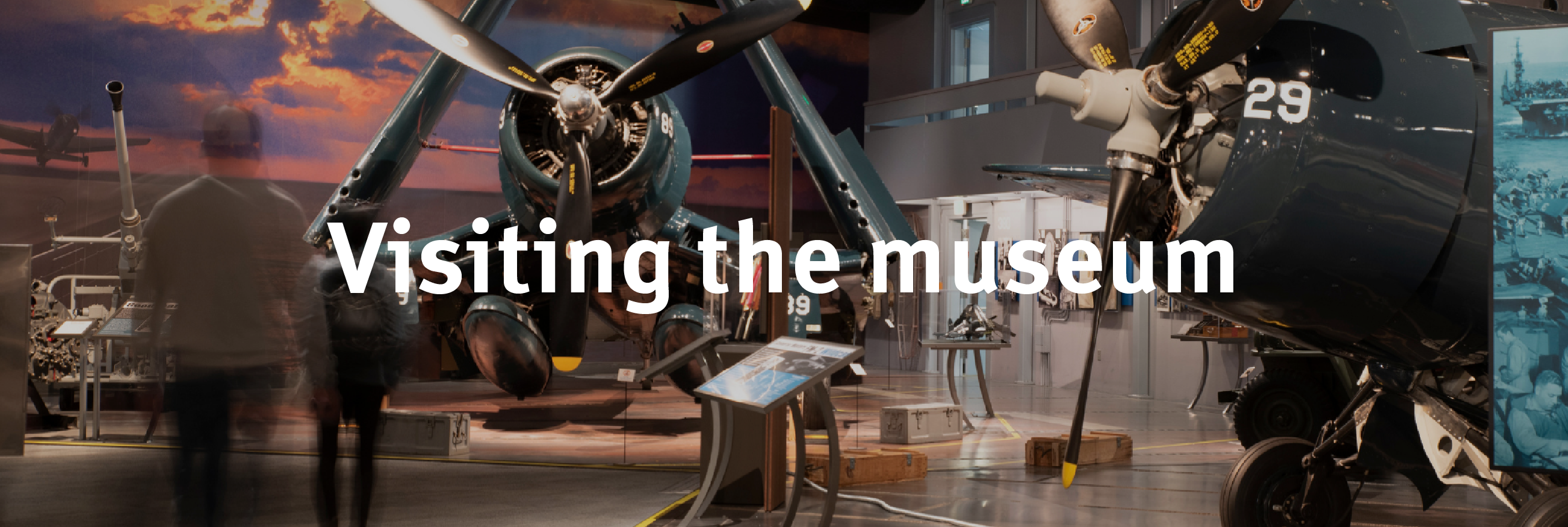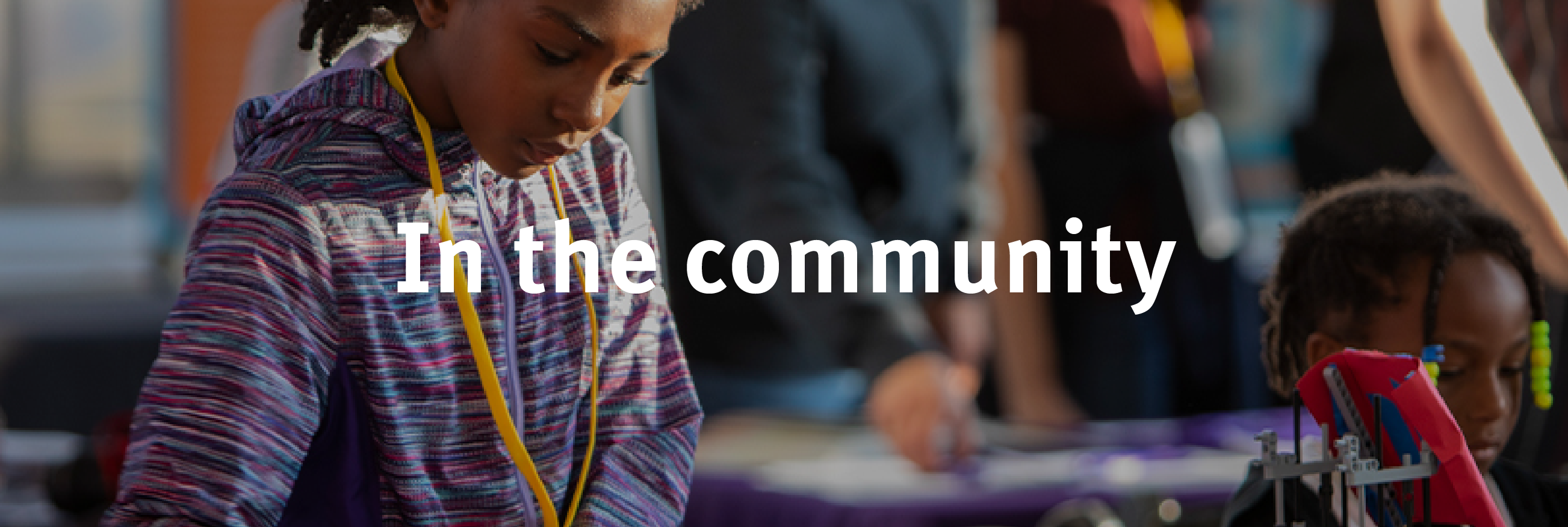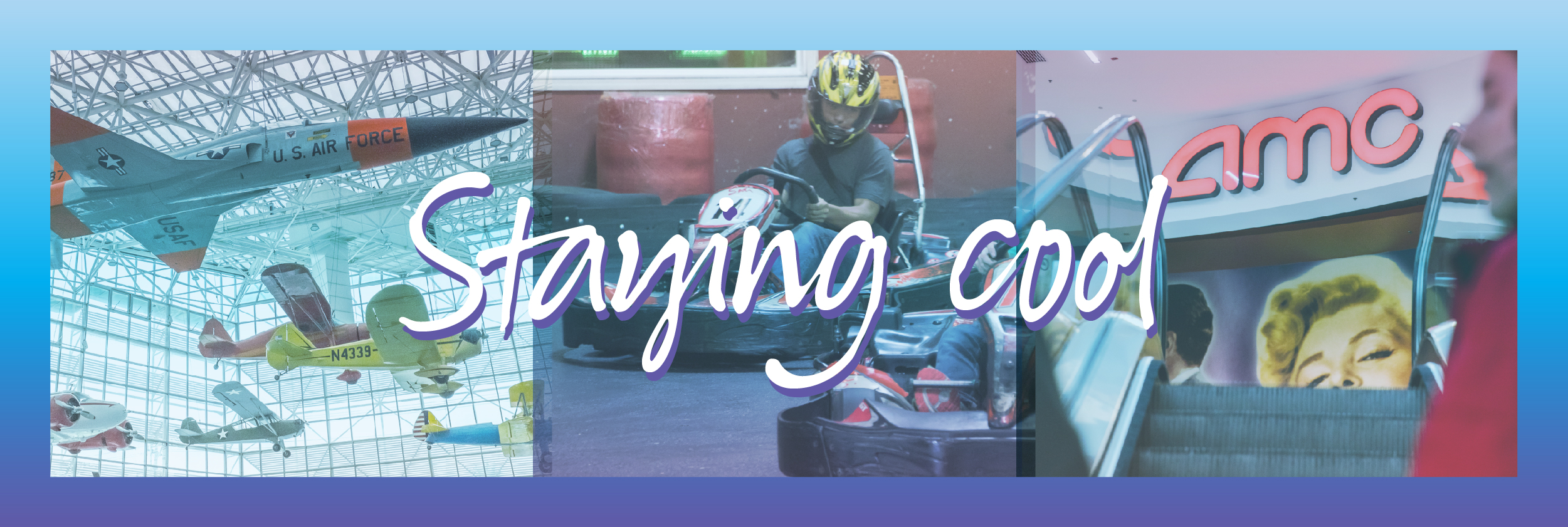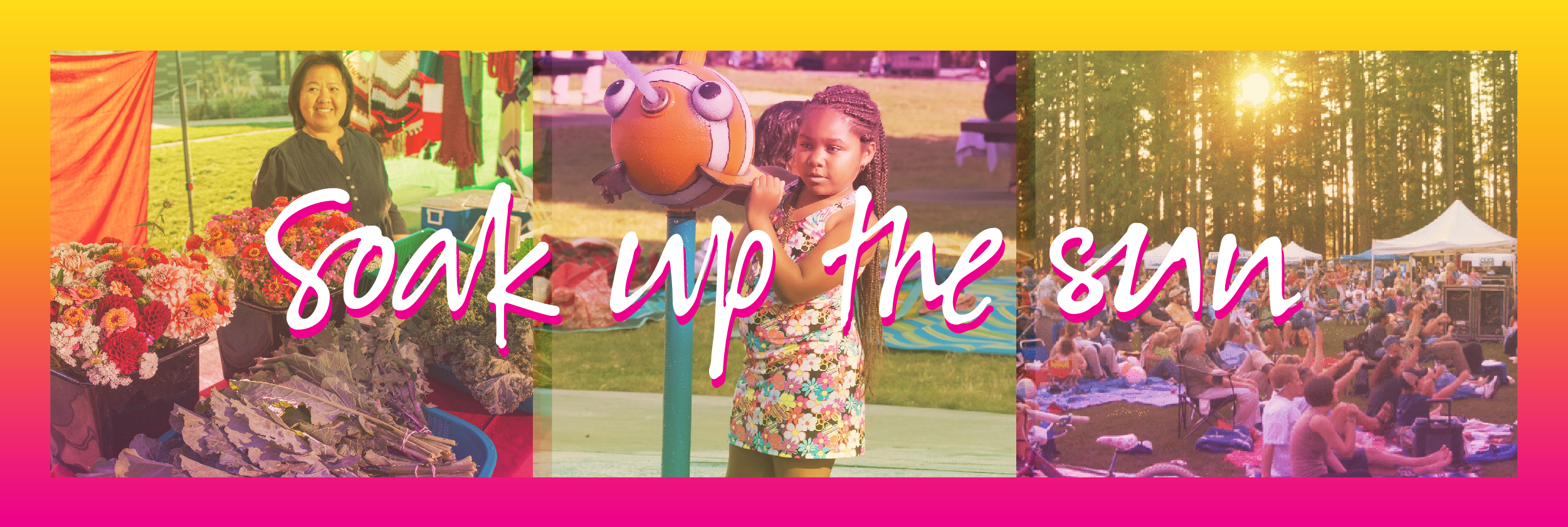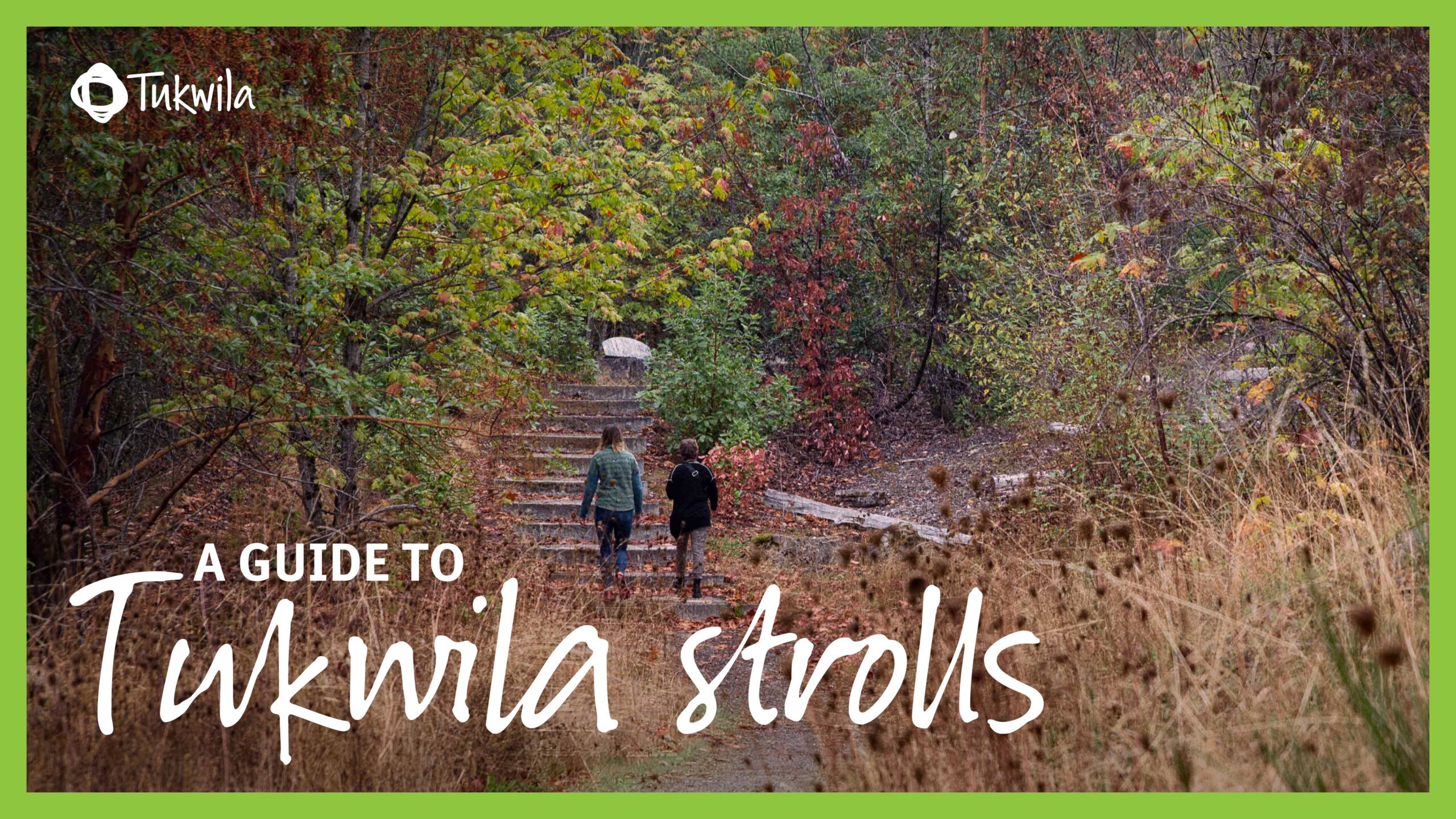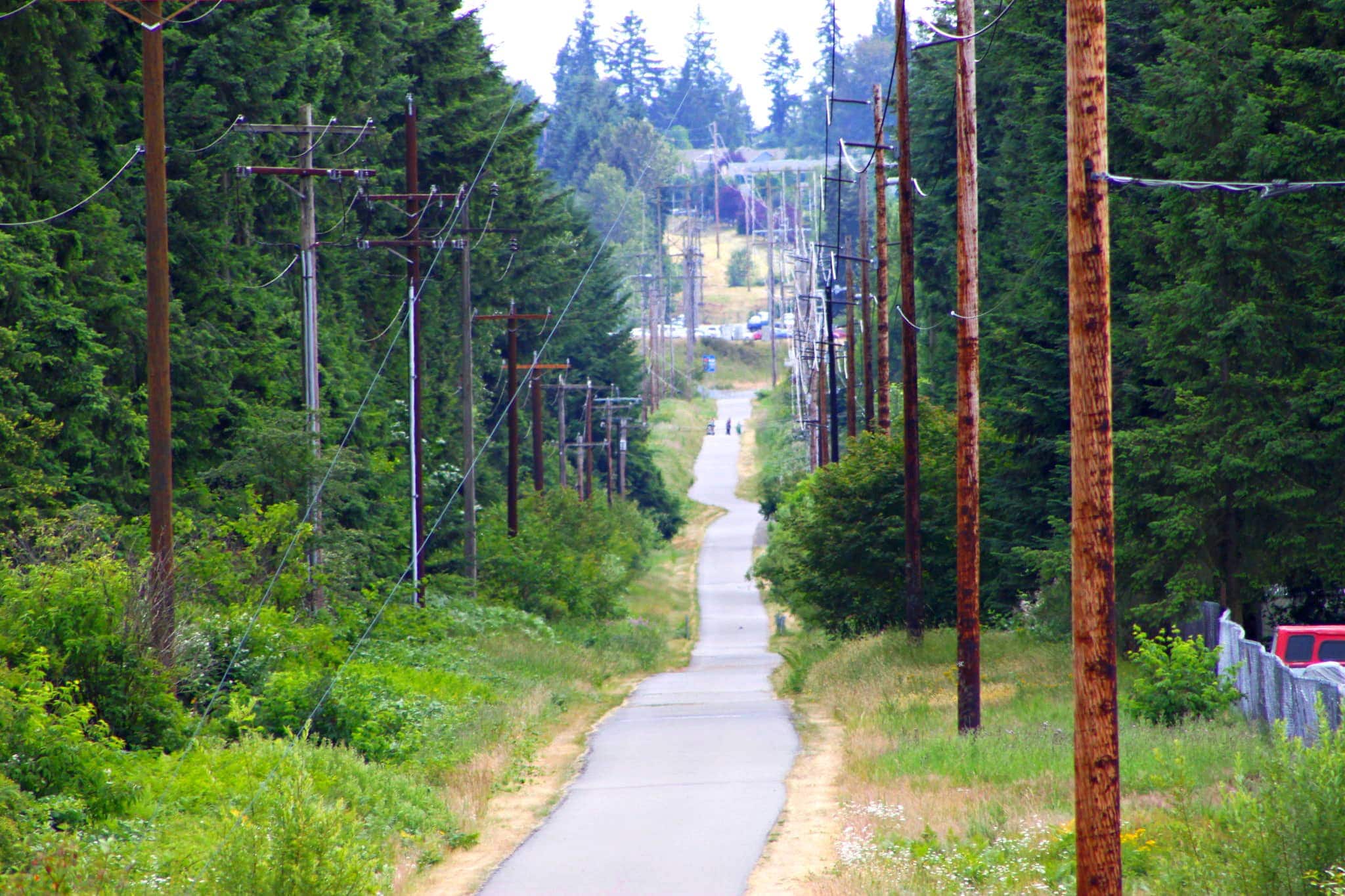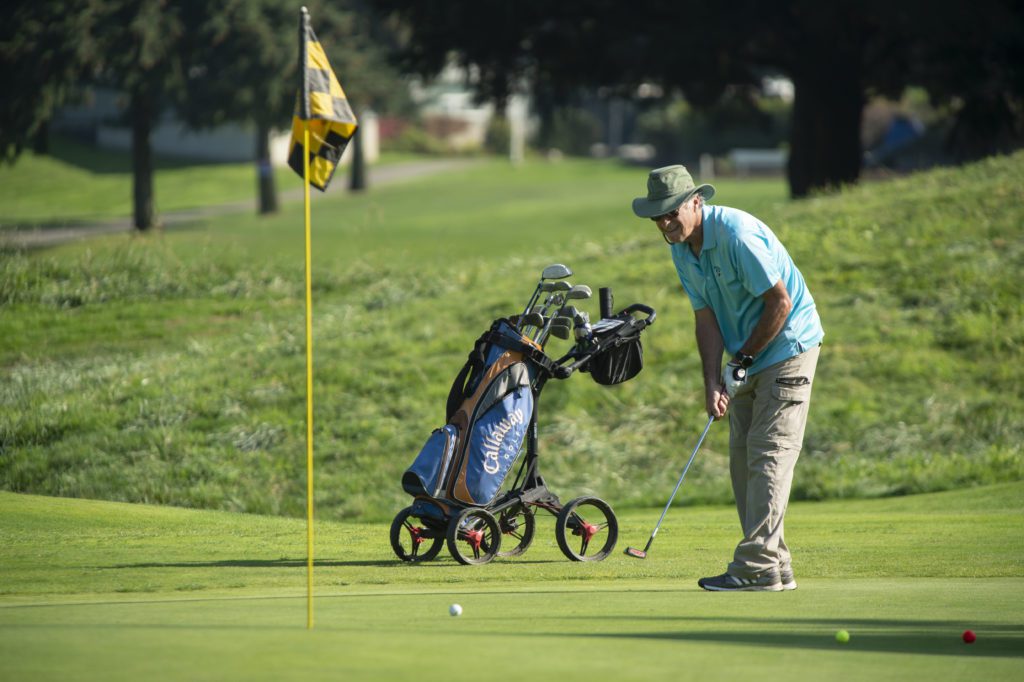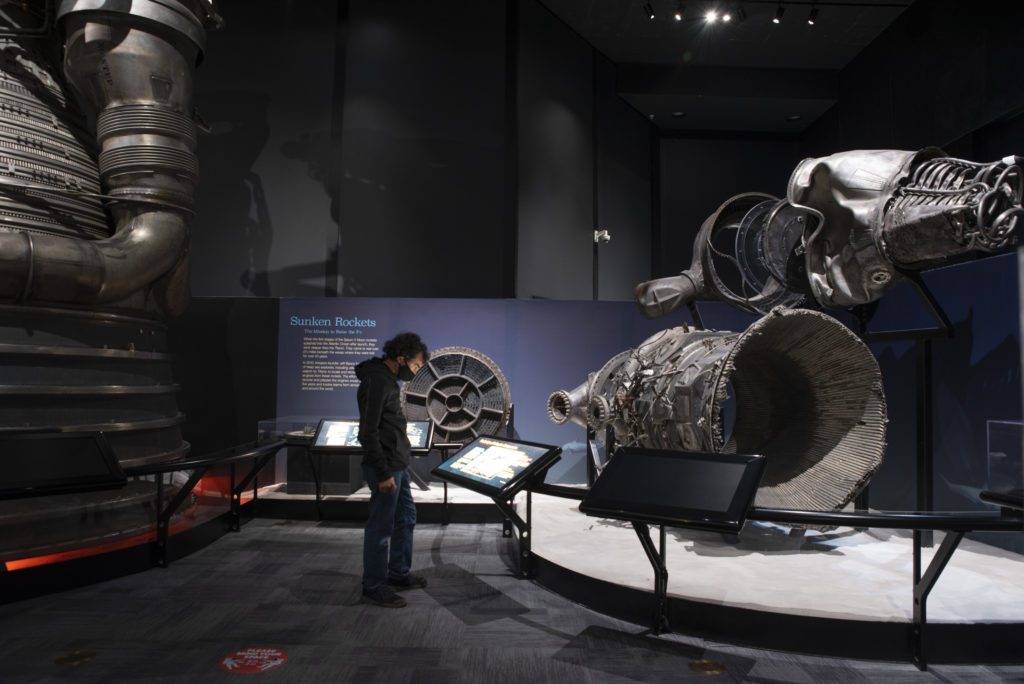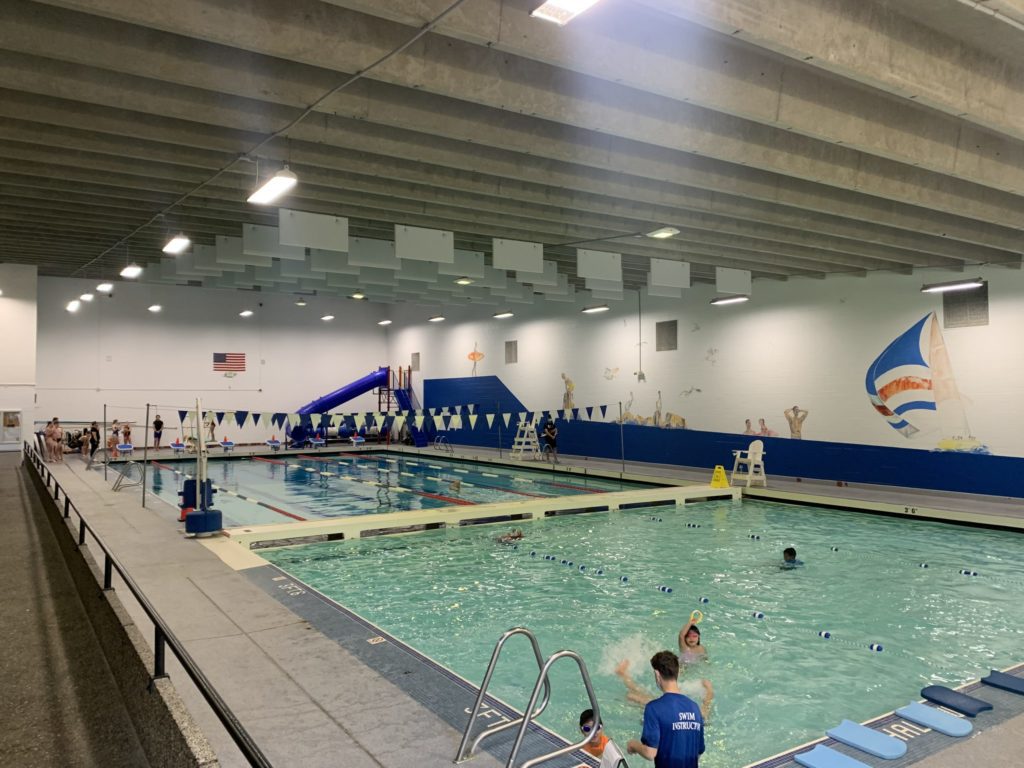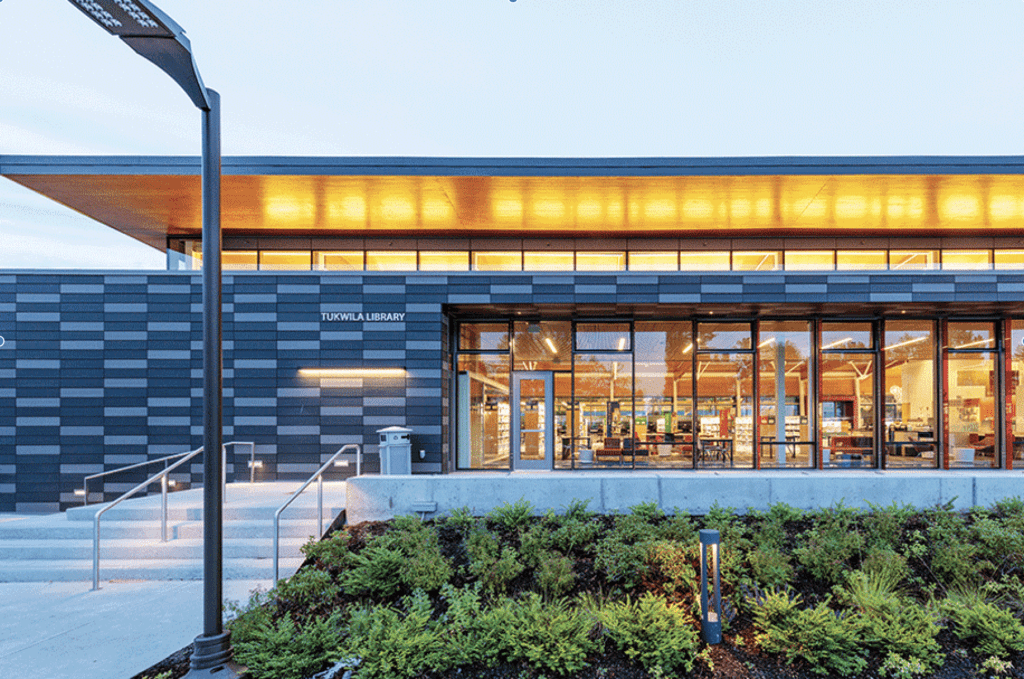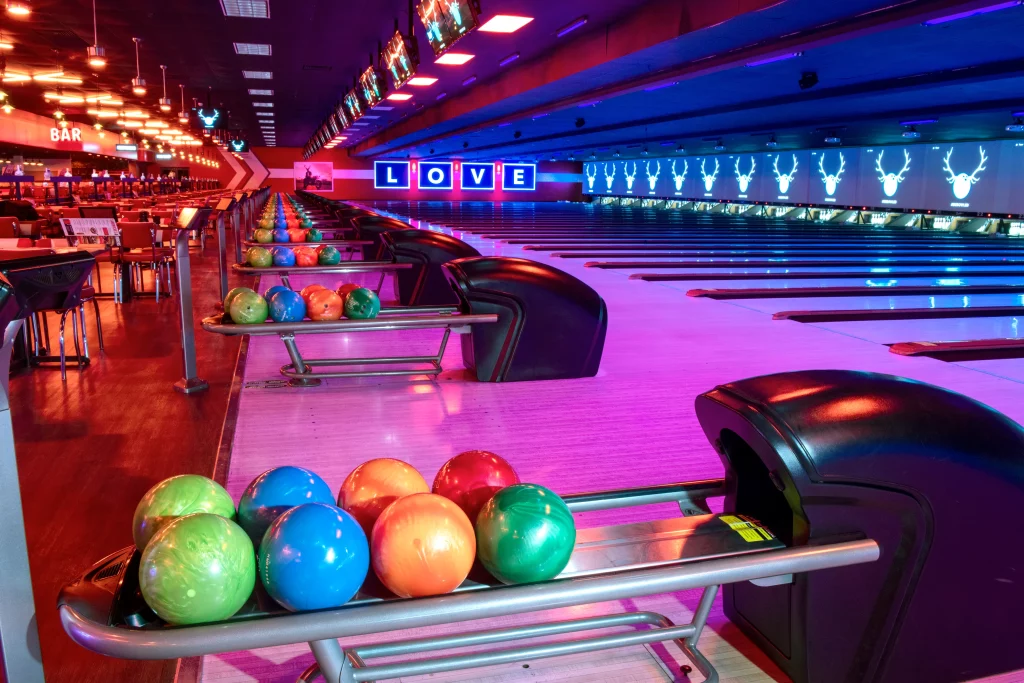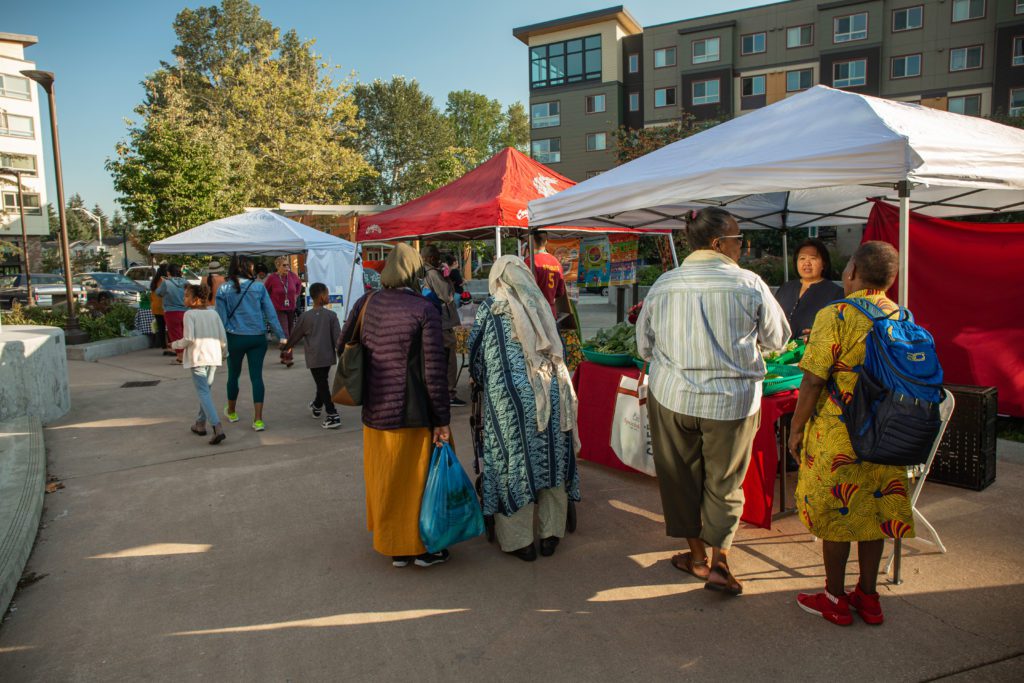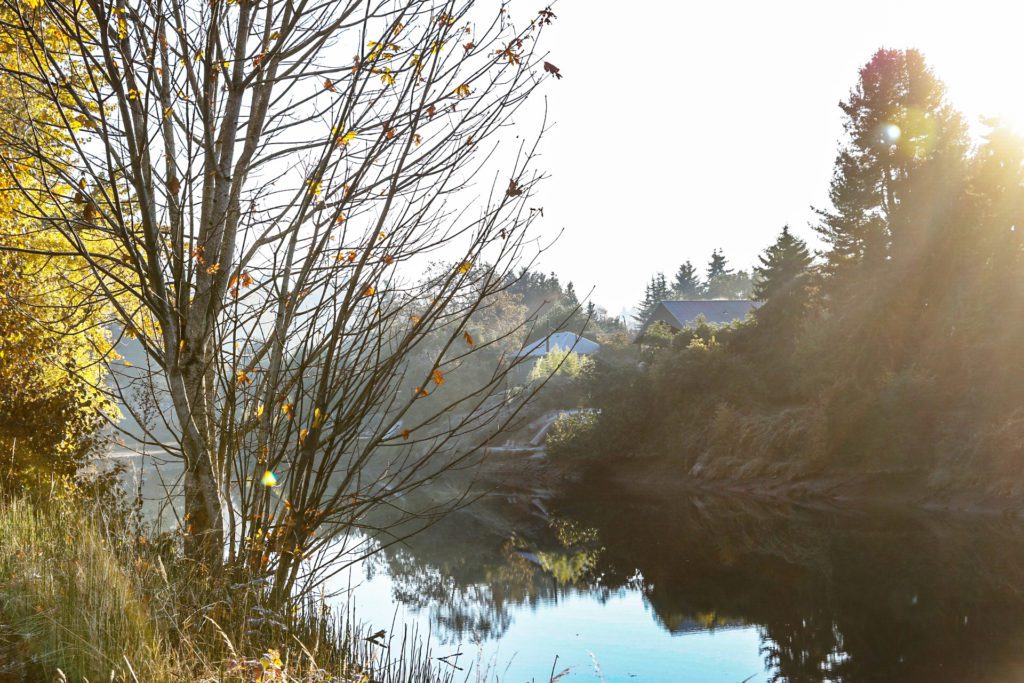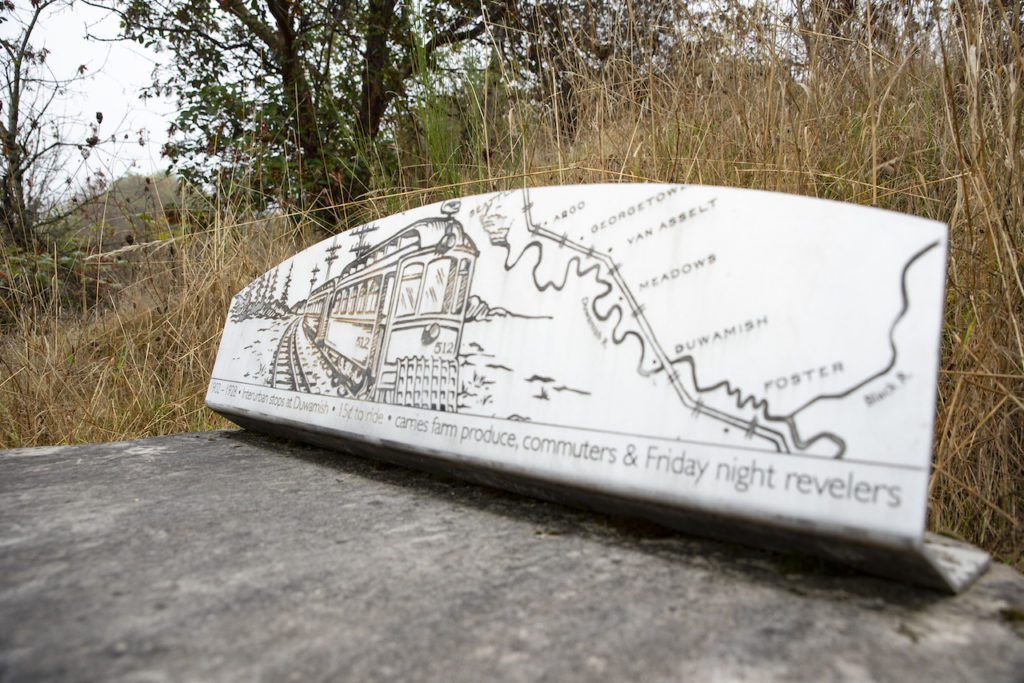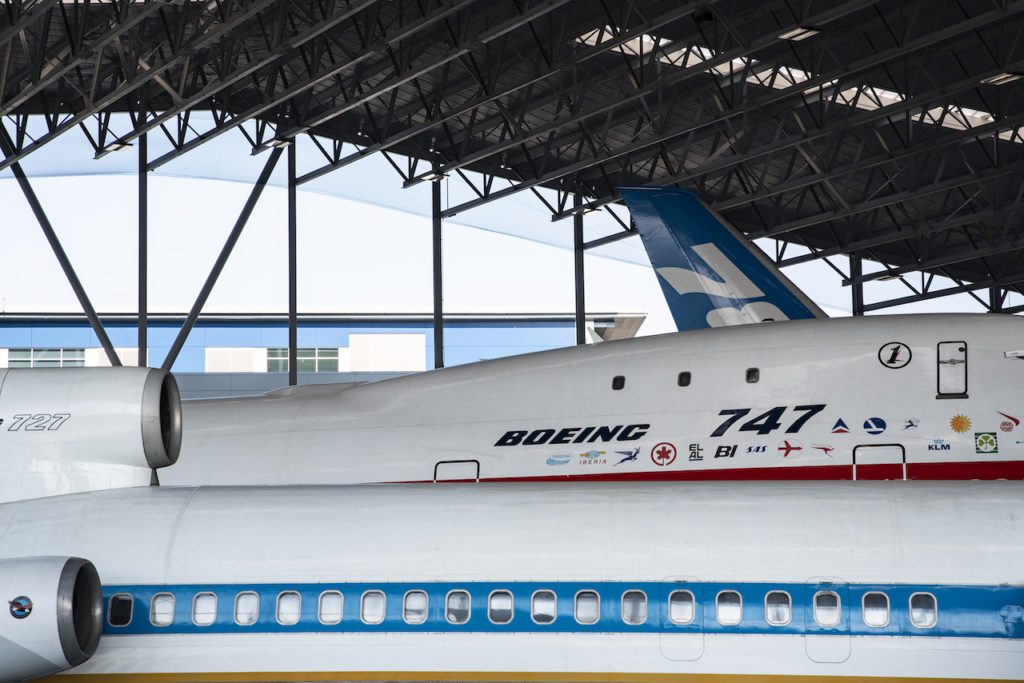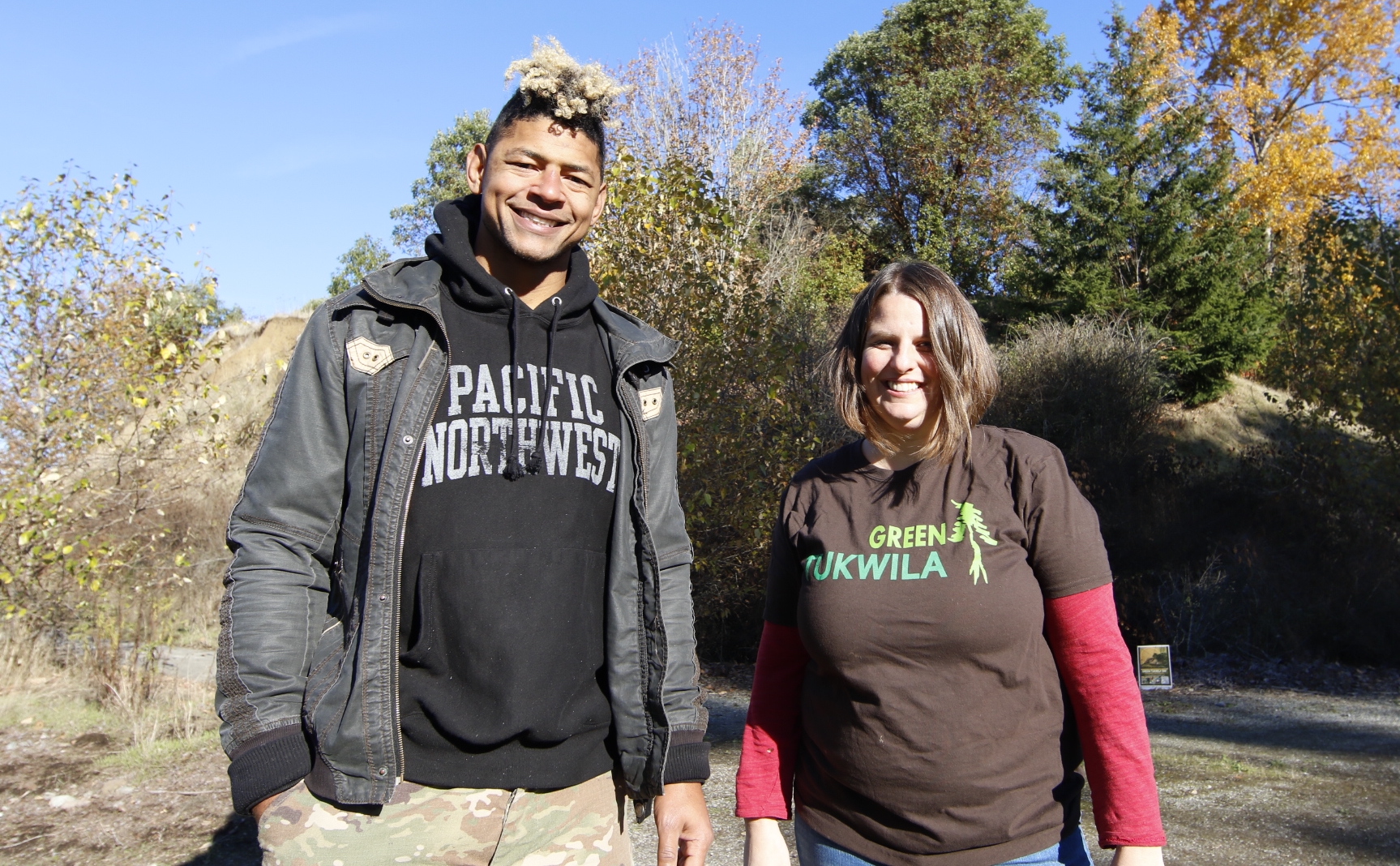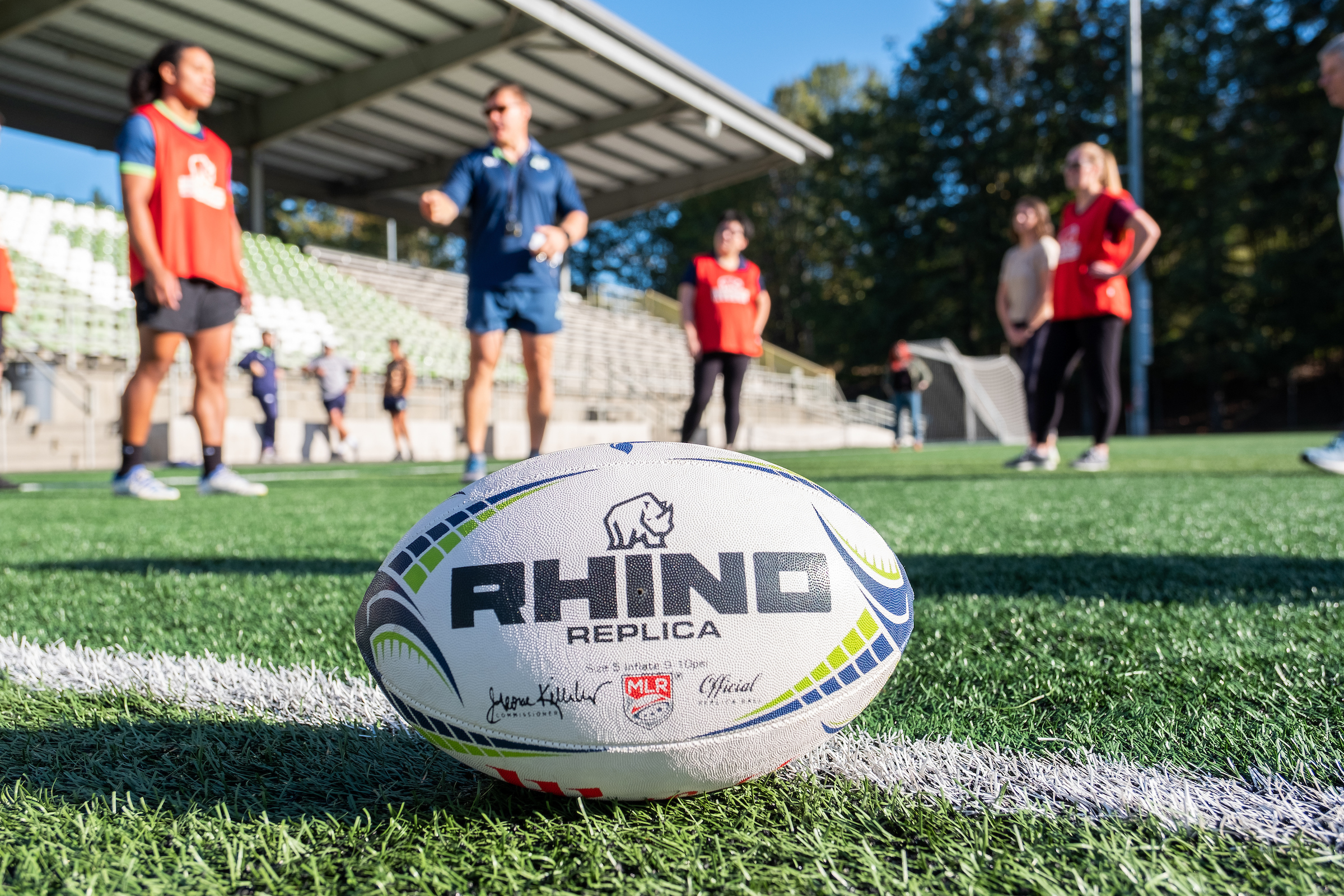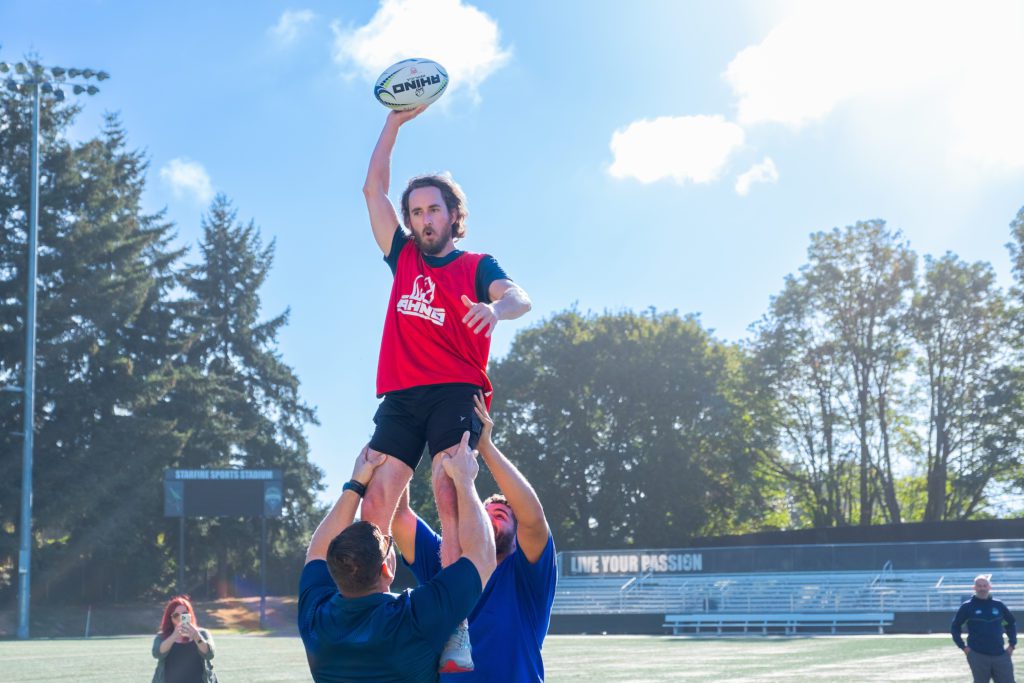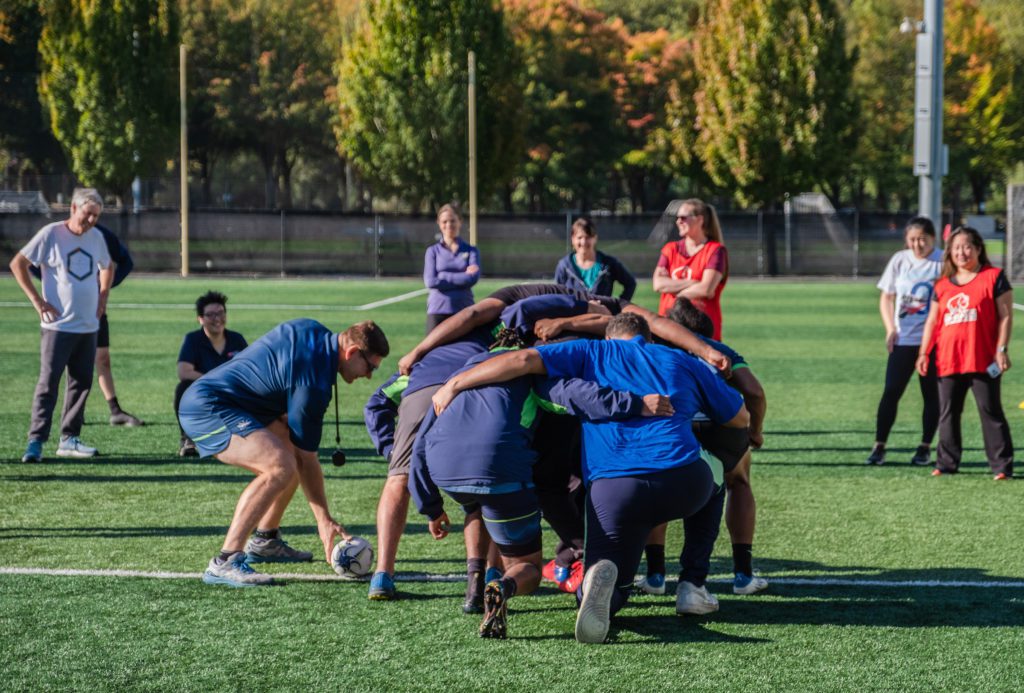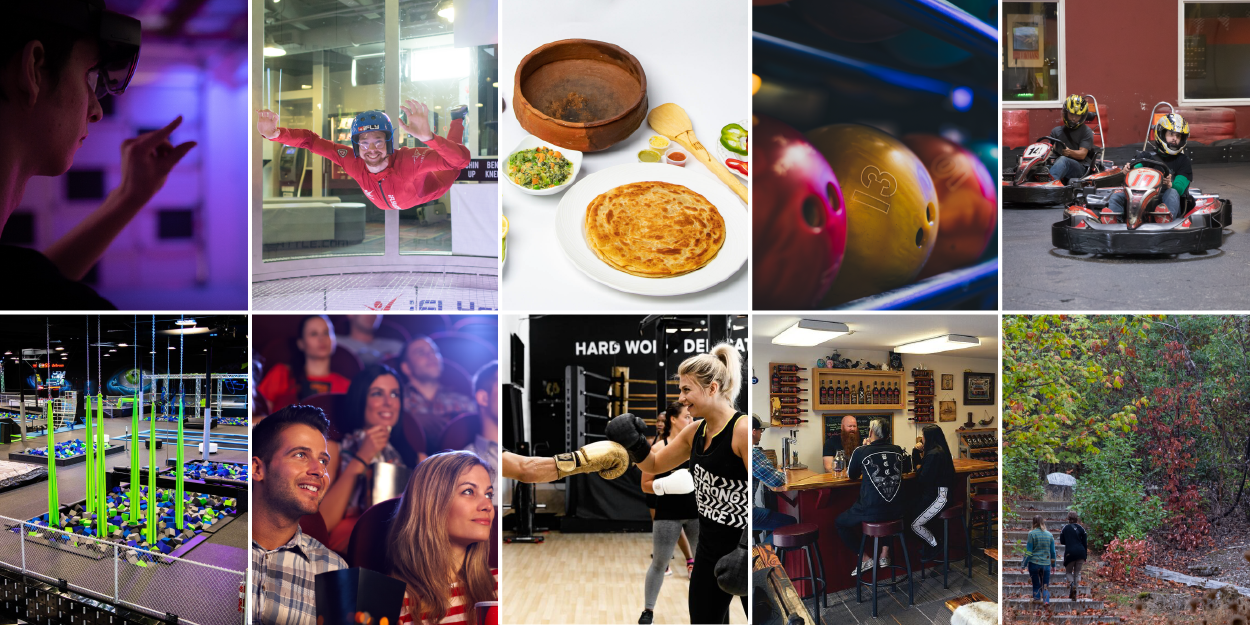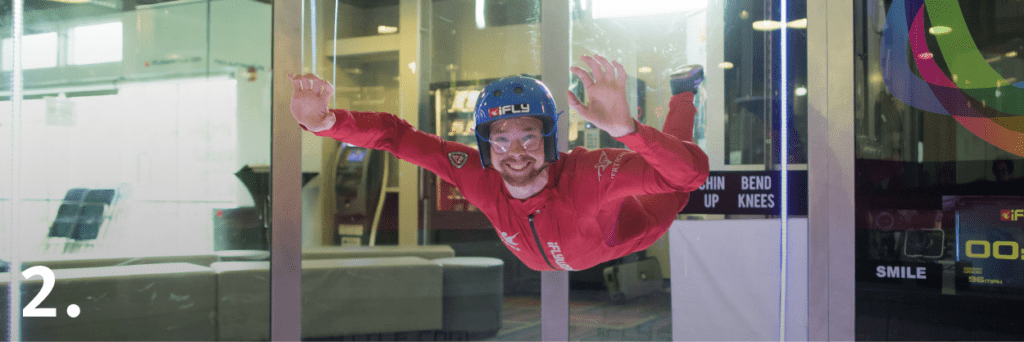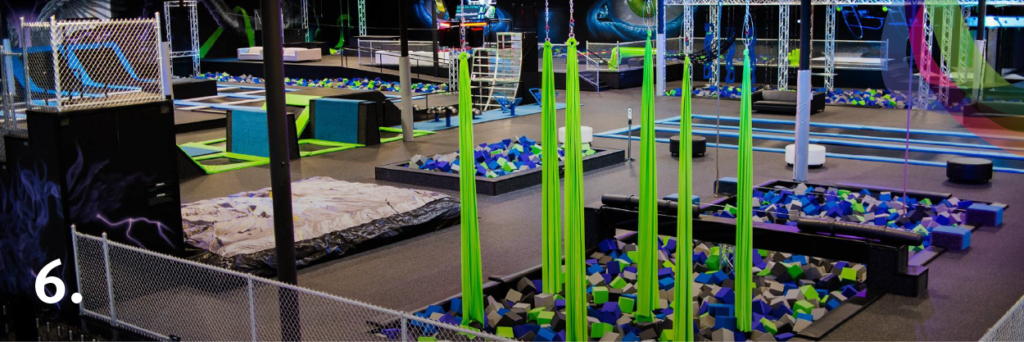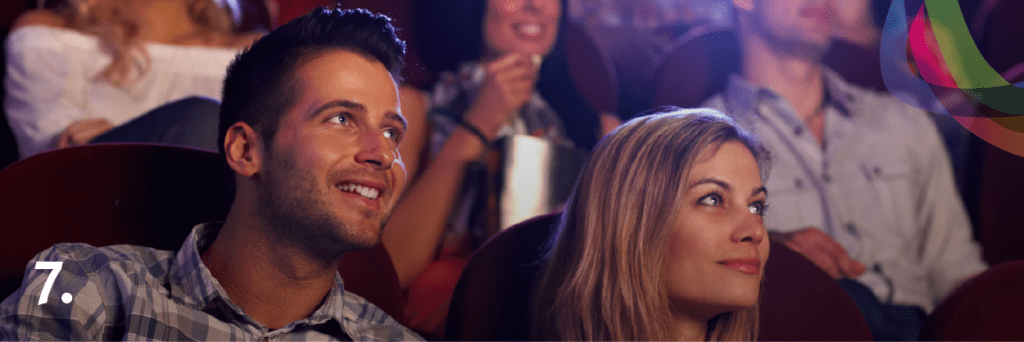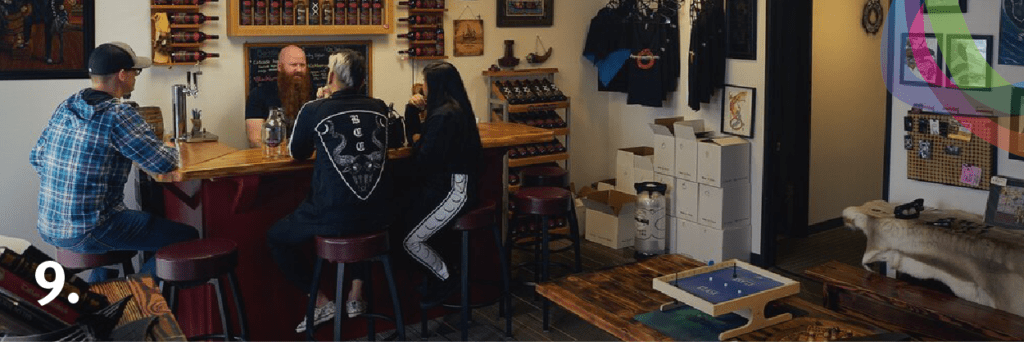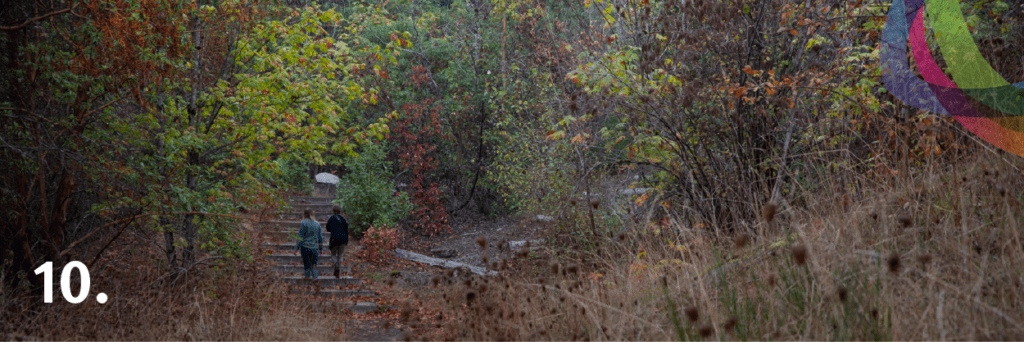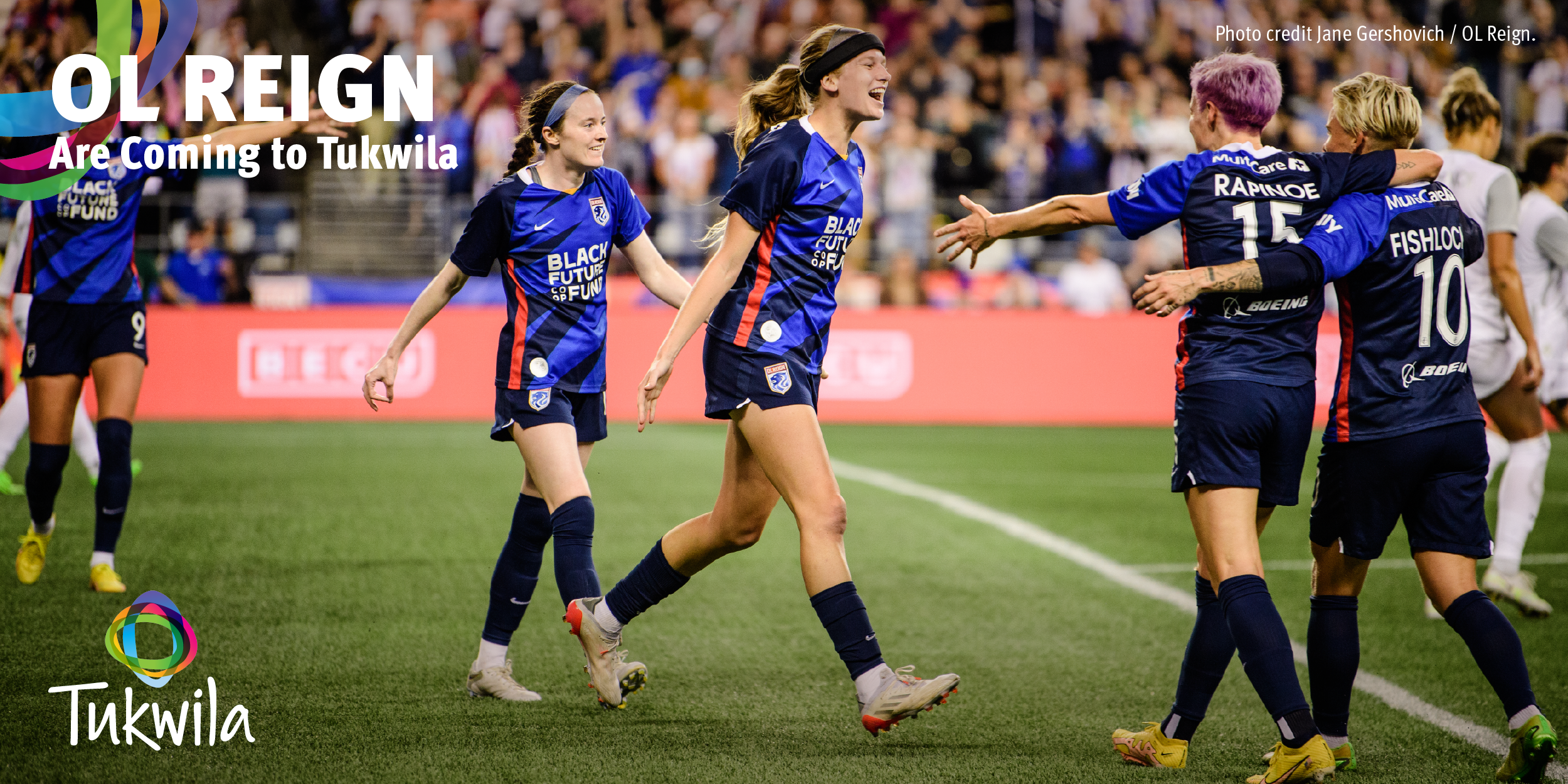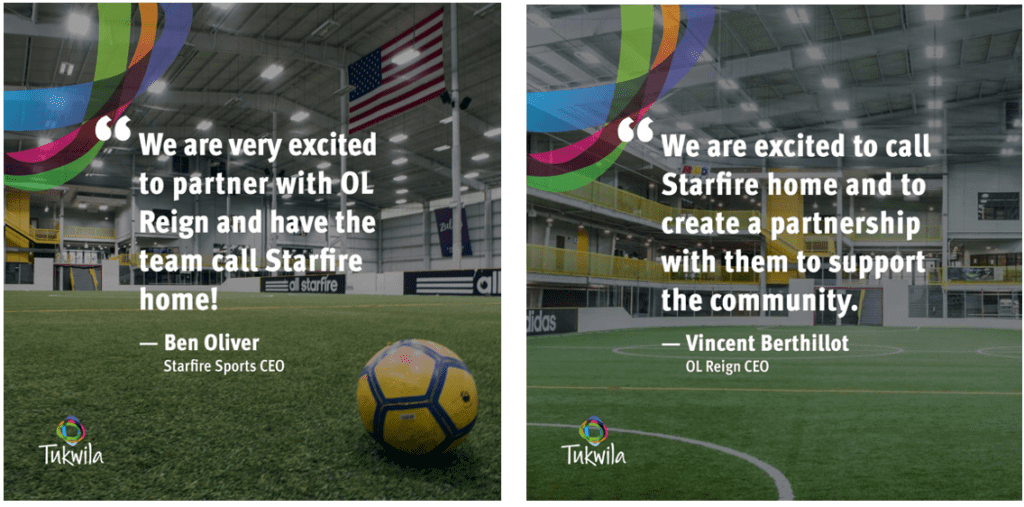
Valentine’s Day is just around the corner, and Tukwila is the perfect place to celebrate love! Whether you’re planning a romantic dinner, a fun-filled adventure, or a mix of both, there are plenty of ways to do date night right. Here are some of our top recommendations for a memorable evening with your special someone.
A great date night usually centers around a fantastic meal, and Tukwila has plenty of options that set the perfect mood.
For an elegant and intimate experience, Miyabi Sushi is a top choice. This beloved Japanese restaurant features beautifully crafted sushi, fresh sashimi, and flavorful izakaya-style dishes in a warm, inviting atmosphere. For special occasions you can try chef Masa-san’s Omakase (chef’s choice menu) and sample a wide array of delicious bites with your partner.
If you want to escape to Italy for the night, Grazie Ristorante is the place to go. This cozy, family-owned gem has been serving the Tukwila community for almost 40 years, offering classic Italian dishes made from scratch. With excellent service and a romantic ambiance, it’s perfect for a Valentine’s Day dinner. Start with a glass of wine, calamari fritti, and antipasti plate, before enjoying decadent pasta dishes like the Cannelloni, lasagna, or the flavorful seafood linguine. You’ll definitely want to be stealing bites off your partner’s plate. Heck, you might even have your own Lady and the Tramp moment.
For couples who love bold flavors, Bai Tong Thai offers an exciting culinary journey through Thailand. With a newly renovated interior, this lively yet intimate setting, combined with dishes like the fragrant Panang curry, crispy garlic chicken, and spicy basil fried rice, make it a great choice for a date night. Bai Tong Thai opened in 1989, founded by former Thai Airways flight attendant, Chanpen Lapangkura, the restaurant catered to Thai Airways crew members and has since become the standard for authentic Thai food in the Seattle area.
Looking for more options? Duke’s Seafood is perfect for seafood lovers, with fresh Northwest catches and stunning cocktails. Rendition offers a modern dining experience with craft cocktails and shareable plates. Din Tai Fung, Dough Zone, or Mr. Dim Sum never disappoints with its famous soup dumplings and flavorful noodle dishes. Or check out regional favs such as JOEY Southcenter or Moctezuma’s Mexican Restaurant for creative cocktails, upscale but relaxed settings, and diverse menu options.
A great date night isn’t just about dinner—it’s about spending quality time together and creating memories. Below we’ve compiled some recommendations for loved ones to share experience and activities together.
For a delicious and interactive experience, take a Seattle Chocolate Factory Tour and dive into the world of chocolate-making. This behind-the-scenes tour lets you sample gourmet chocolates and learn about the company’s commitment to sustainable cocoa sourcing. Or if you’re up for a challenge, book a spot for their limited-time Valentine’s Day escape room, happening February 7, 8, 14, and 15. Nothing says romance like sharing sweet treats with your special someone!
If you and your date appreciate a good drink, visit Oppegaard Meadery for a tasting of handcrafted meads made with local honey. Mead, often called the “drink of the gods,” is a unique and historical beverage that adds a fun twist to your date night. Or, if wine is more your style, Bacovino Winery’s tasting room in Tukwila offers a cozy atmosphere with an excellent selection of wines by the glass or bottle.
For thrill-seeking couples, take date night to the next level with some adrenaline-pumping fun. Sykart Indoor Racing lets you go head-to-head in high-speed go-karts, adding a playful competitive edge to your evening. If you’re feeling even more adventurous, iFLY Indoor Skydiving offers the exhilarating sensation of freefall in a safe and controlled environment—perfect for couples who want a unique and unforgettable experience.
Prefer something more laid-back? Catch the latest Oscar nominations at AMC Southcenter, where you can cuddle up in their plush recliner seats. Or, for music lovers, Lucky Liquor hosts live cover bands, providing a fun atmosphere to enjoy music and drinks together. On Valentine’s Day they’ll be taking it back to the 90s with a punk lineup.
_________________________________________________________________________________________
If you’re a parent, you deserve a kid-free Valentine’s night out—and that’s where the Tukwila Community Center comes in! Their Parent’s Night Out program runs from 6-10 PM and is open to kids in grades K-5 for just $25 per child. For older kids, Teen Late Night offers a free, supervised space for teens in grades 6-12 from 8-11 PM. They can hang out with friends, play sports, and participate in fun activities—all while you enjoy a romantic evening away.
Visiting Tukwila is the perfect way to celebrate love this Valentine’s Day. With so many fantastic dining spots, exciting experiences, and convenient childcare options, you can enjoy a stress-free and unforgettable evening with the one you love.
Start making your plans now—reservations and tickets fill up fast for the 14th!


